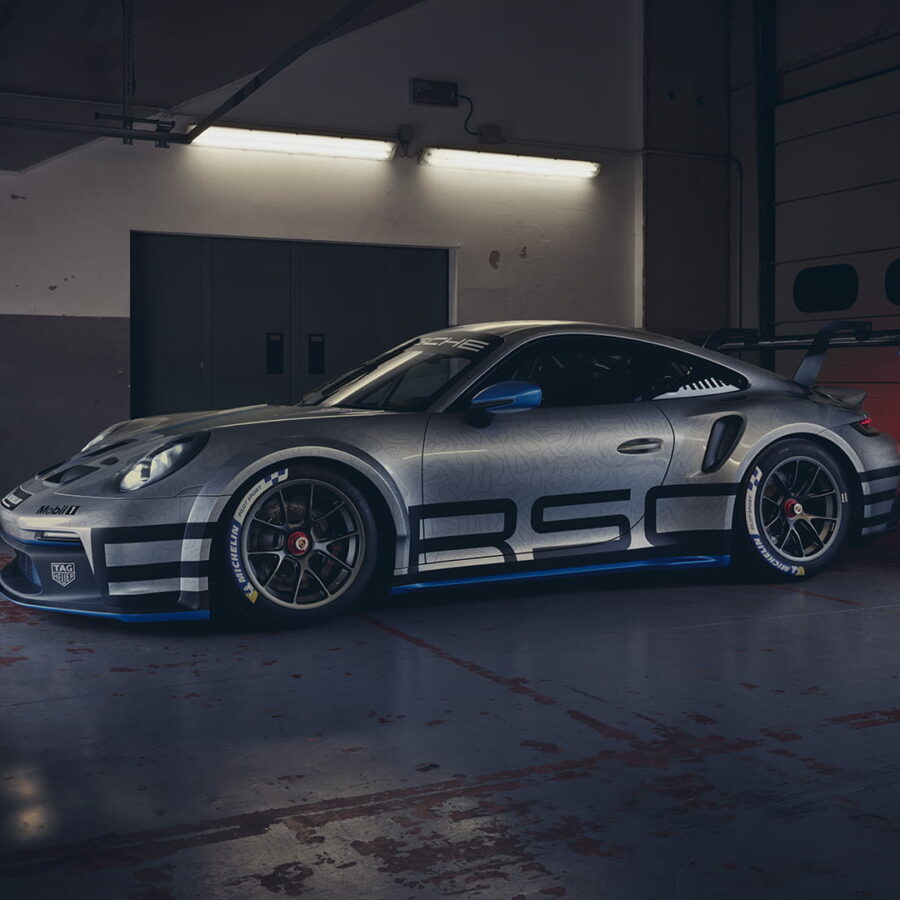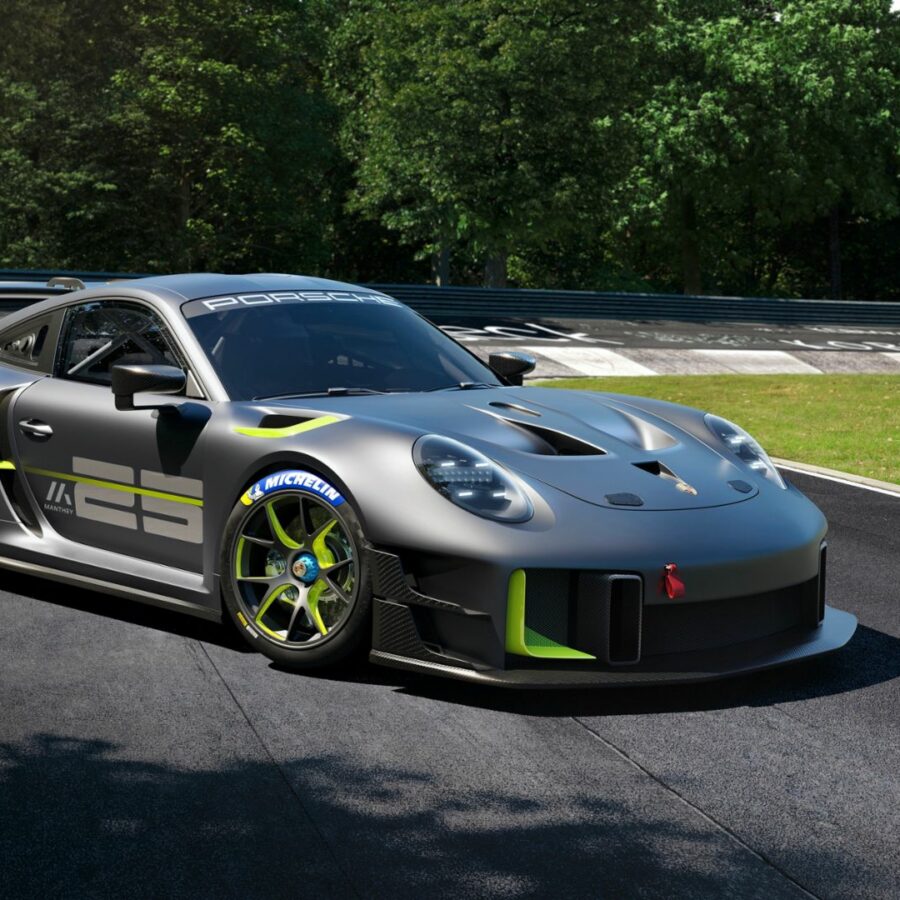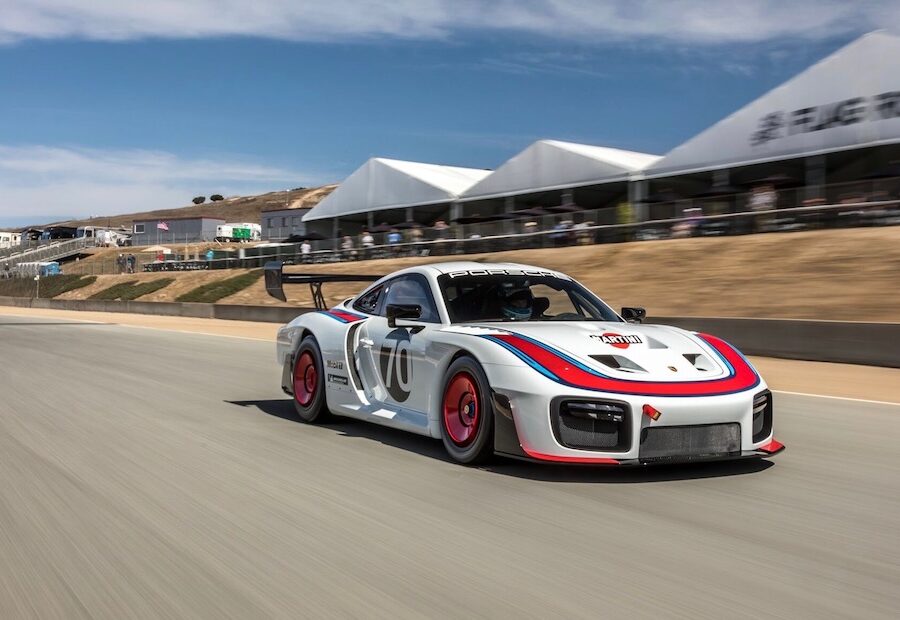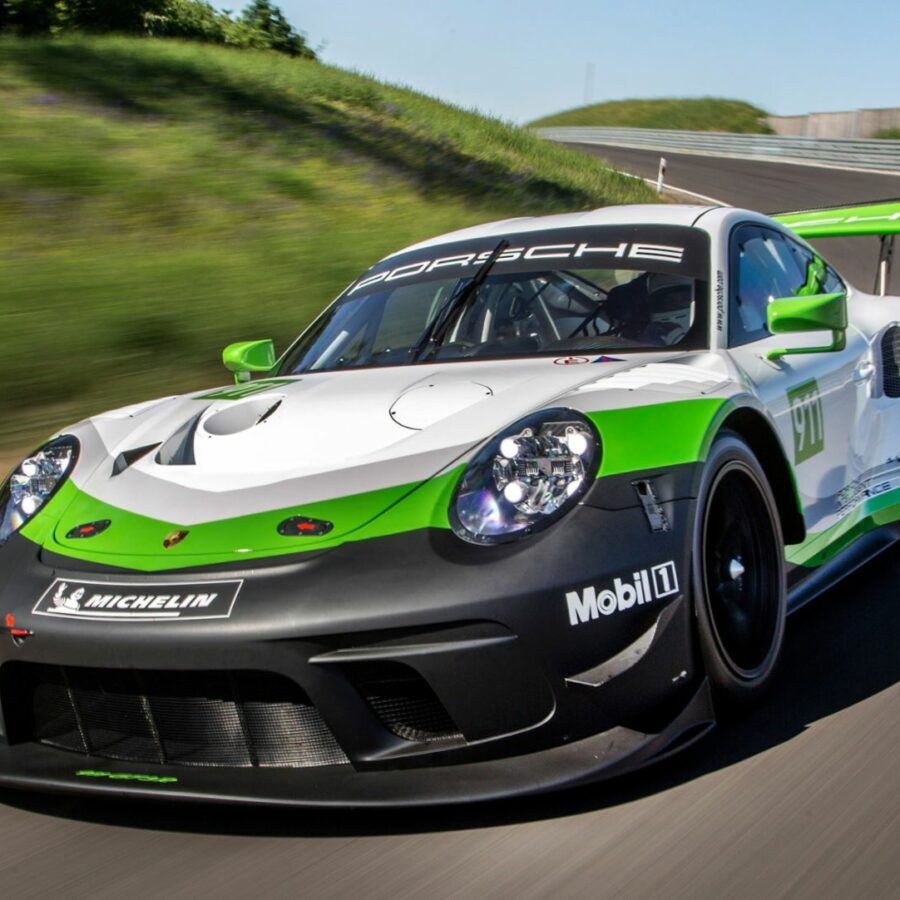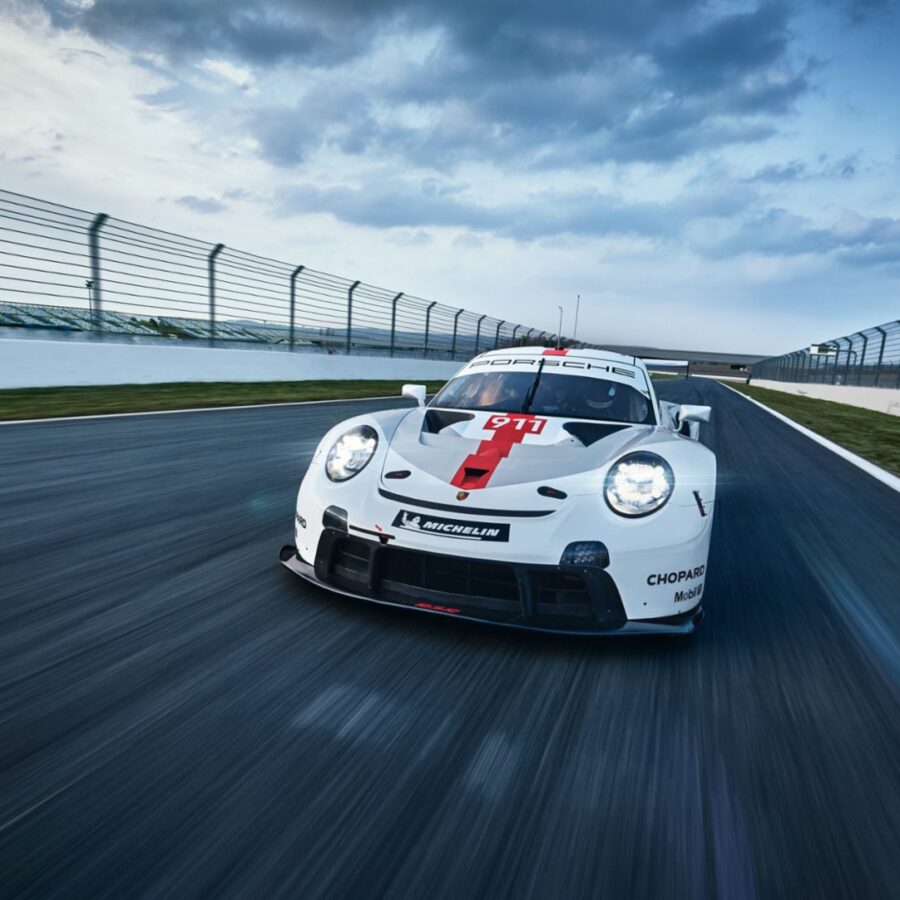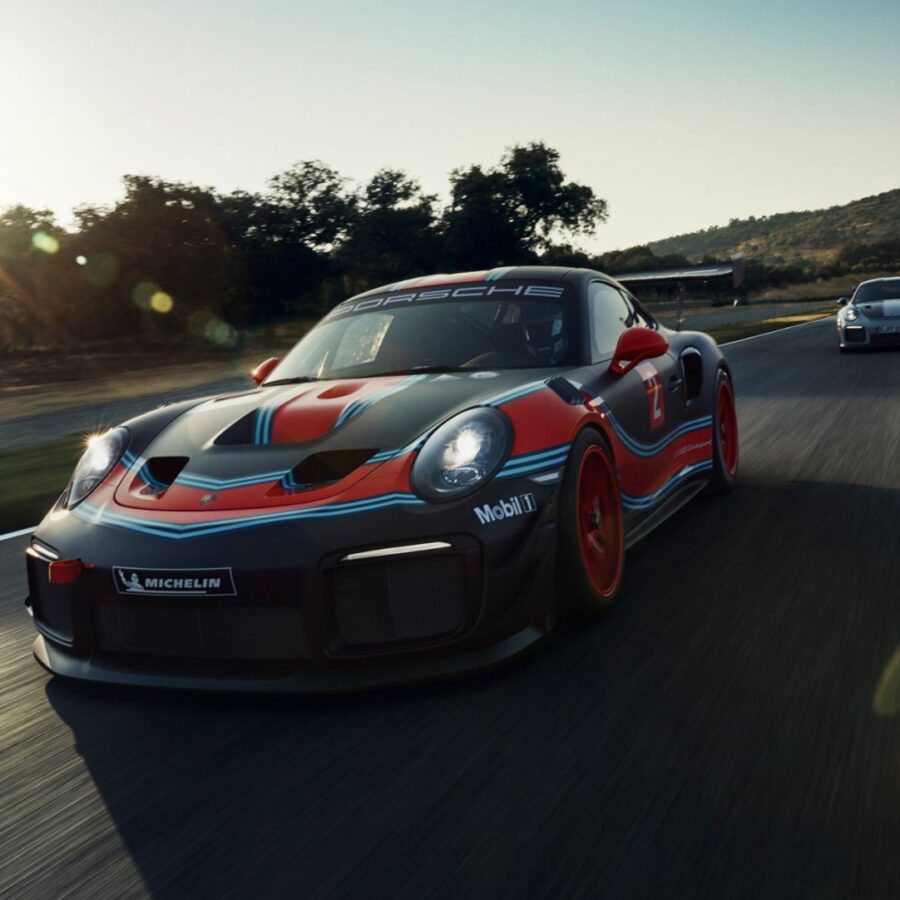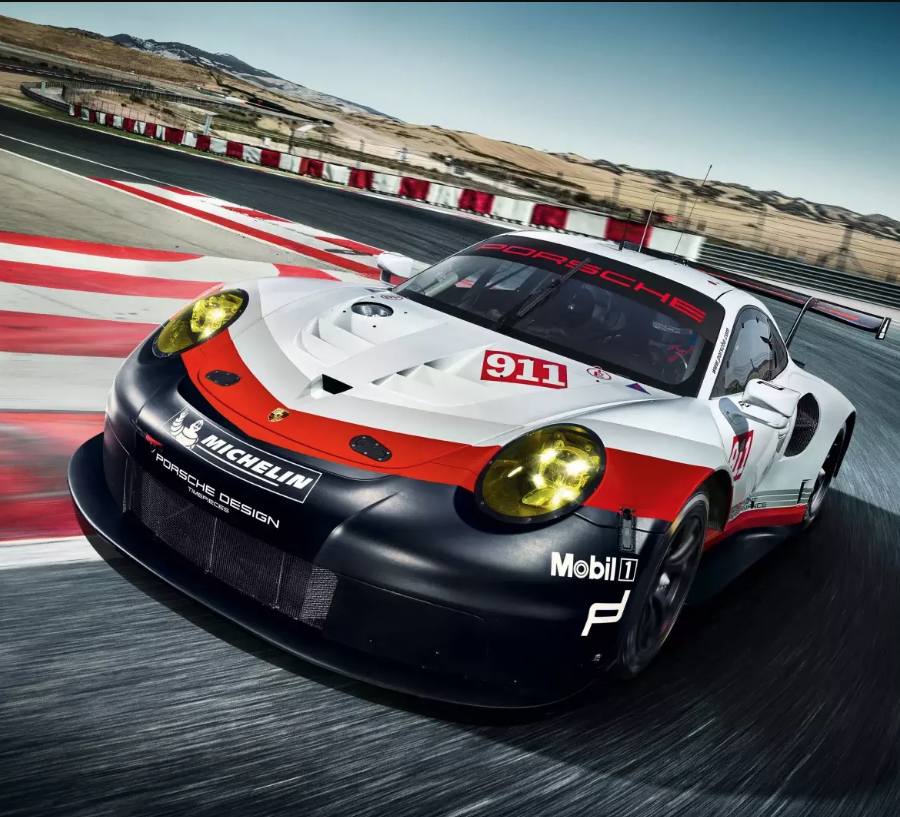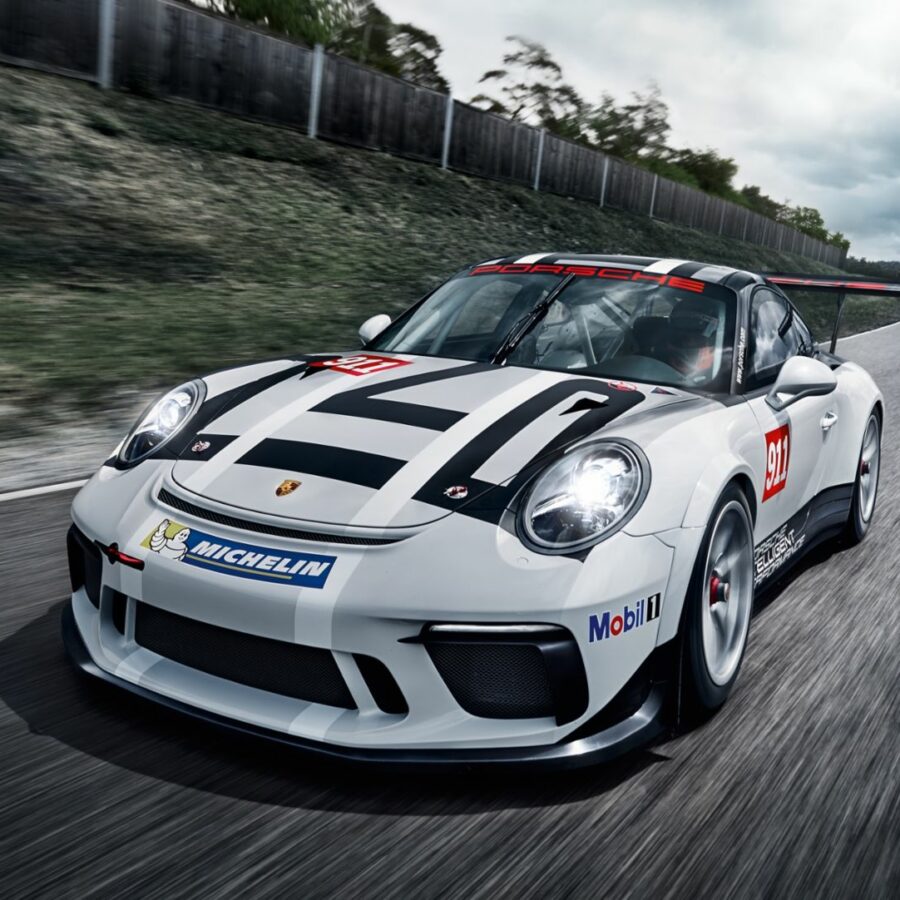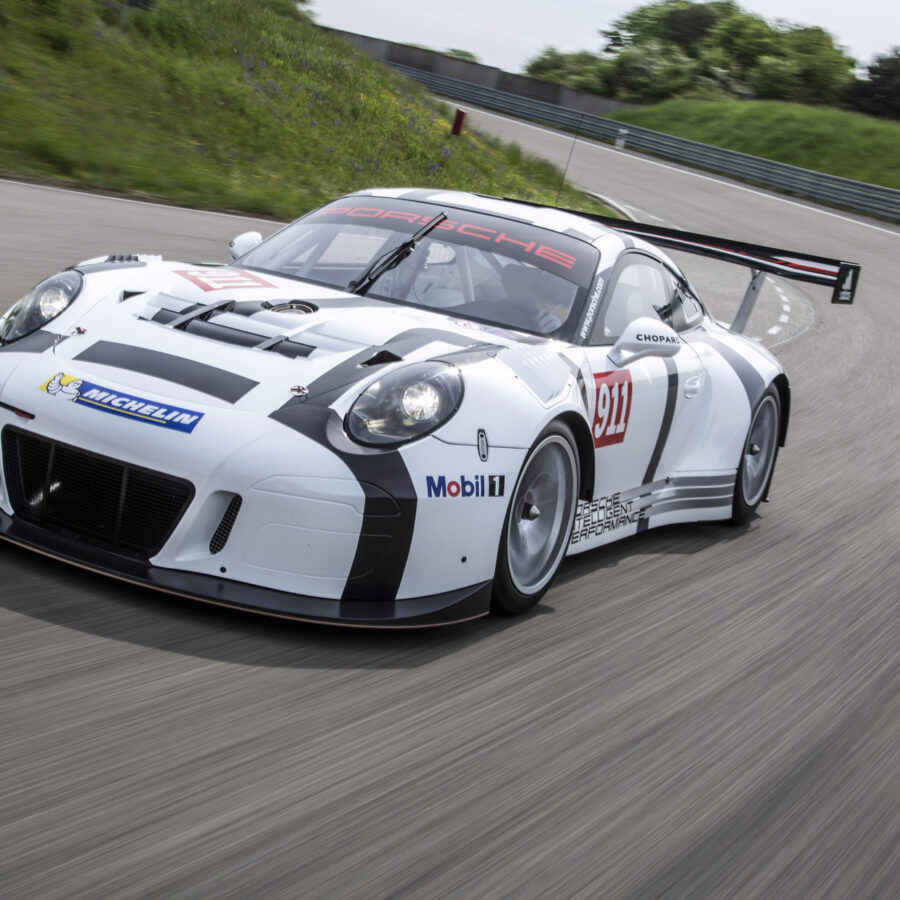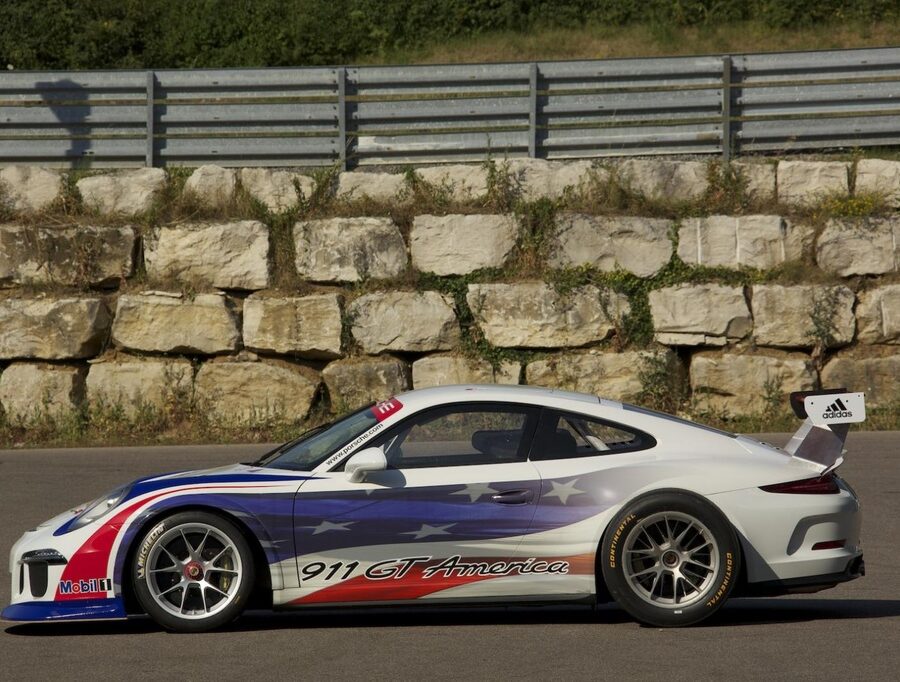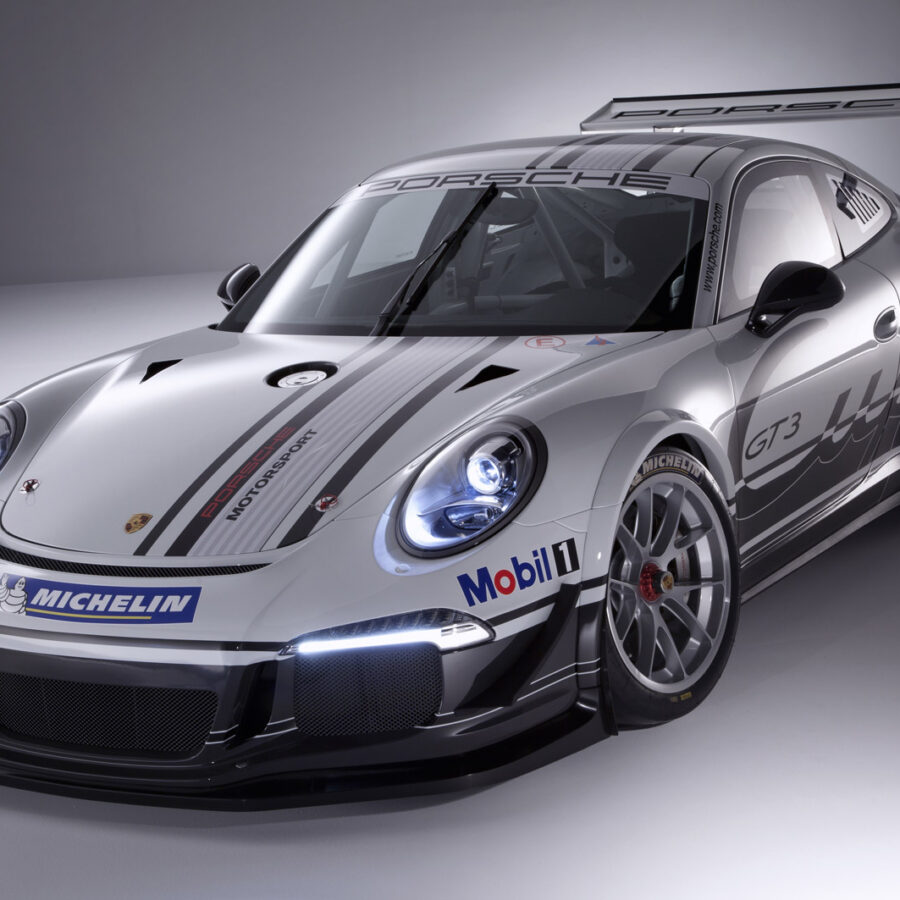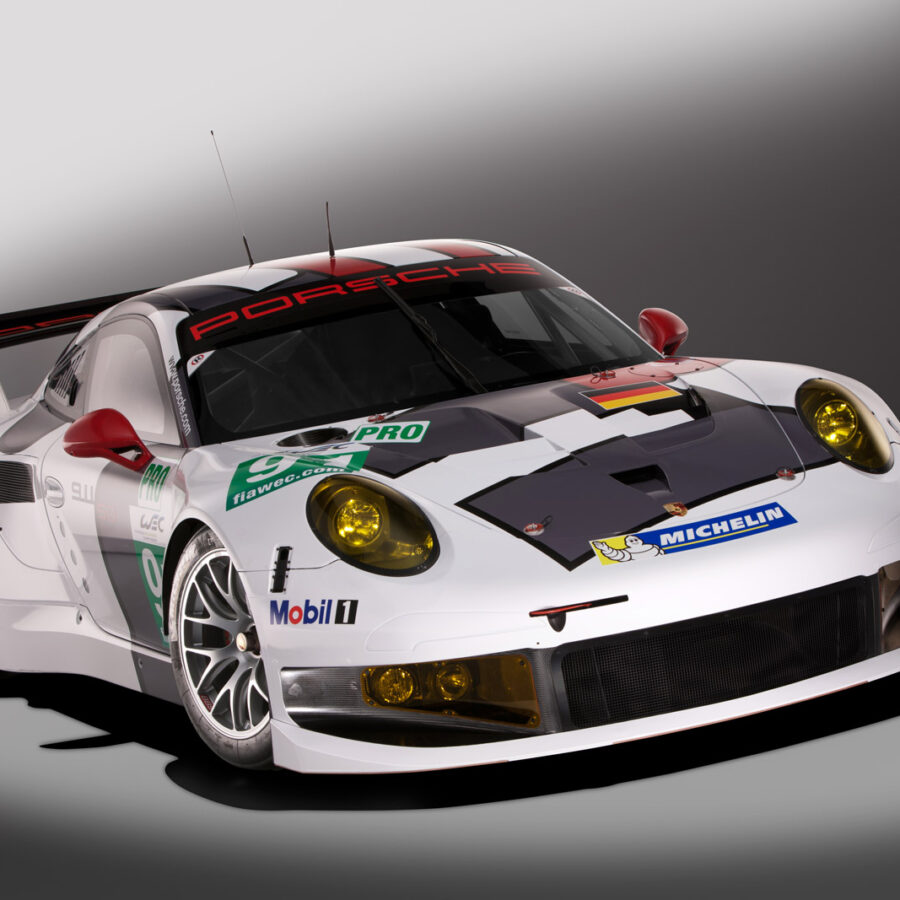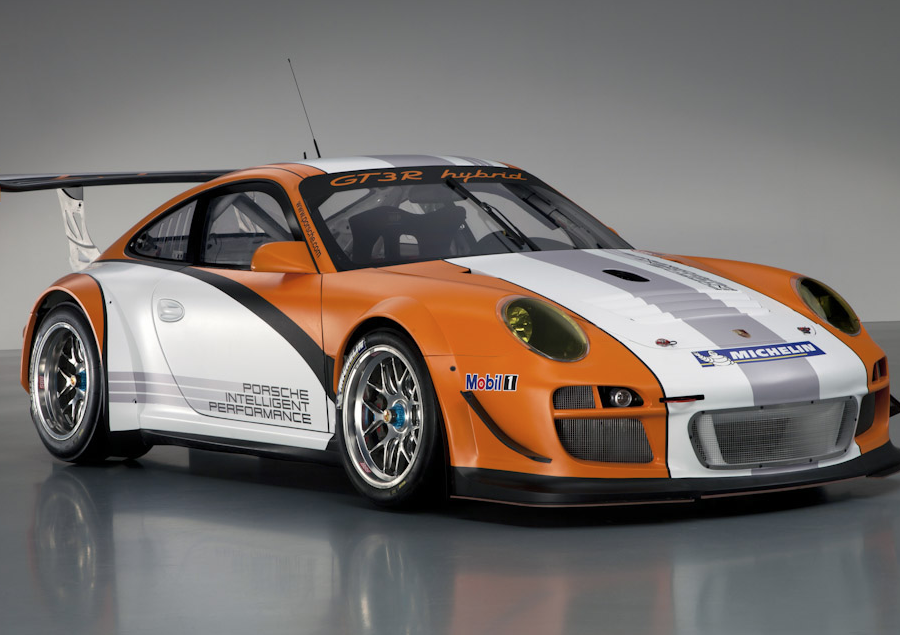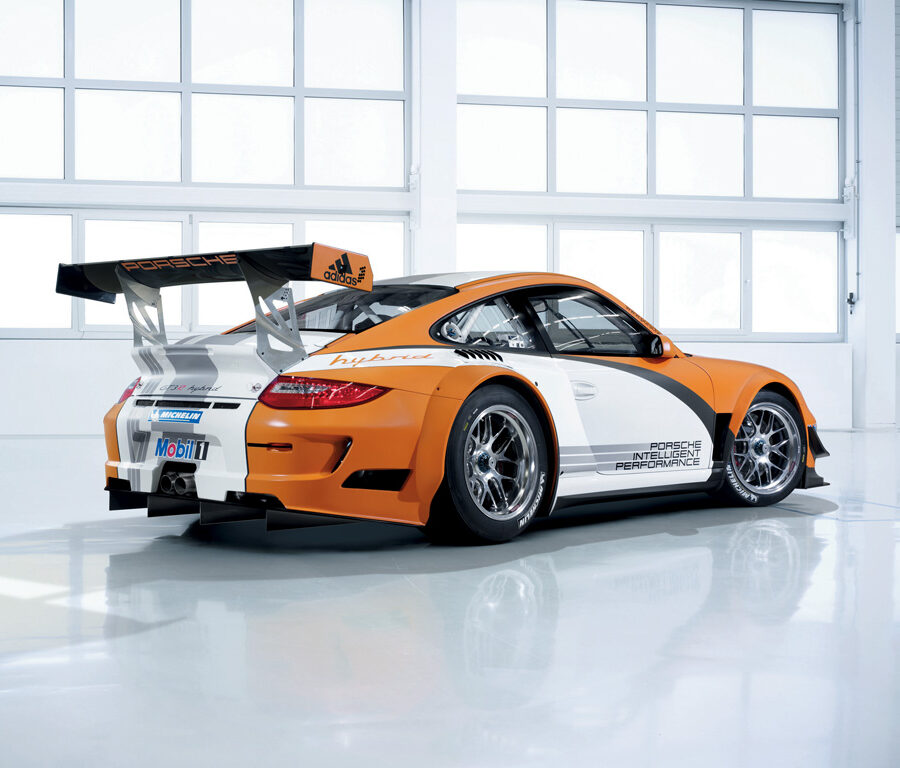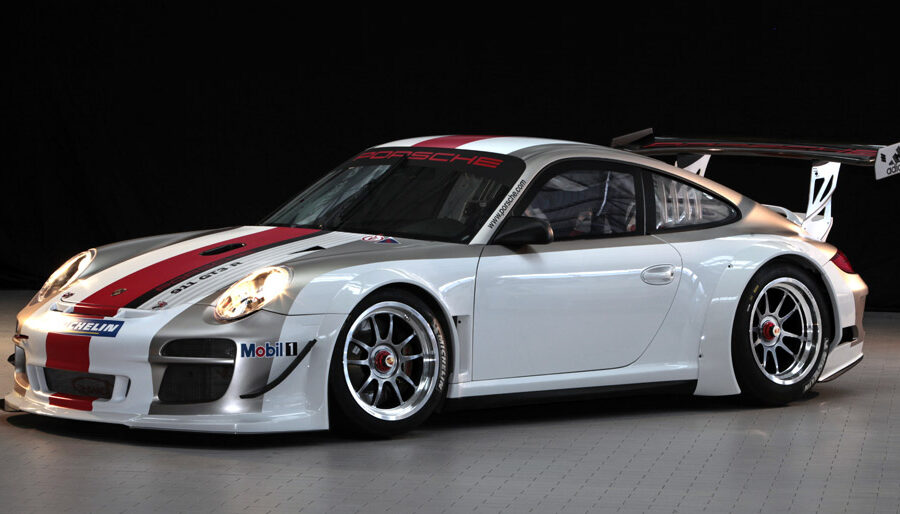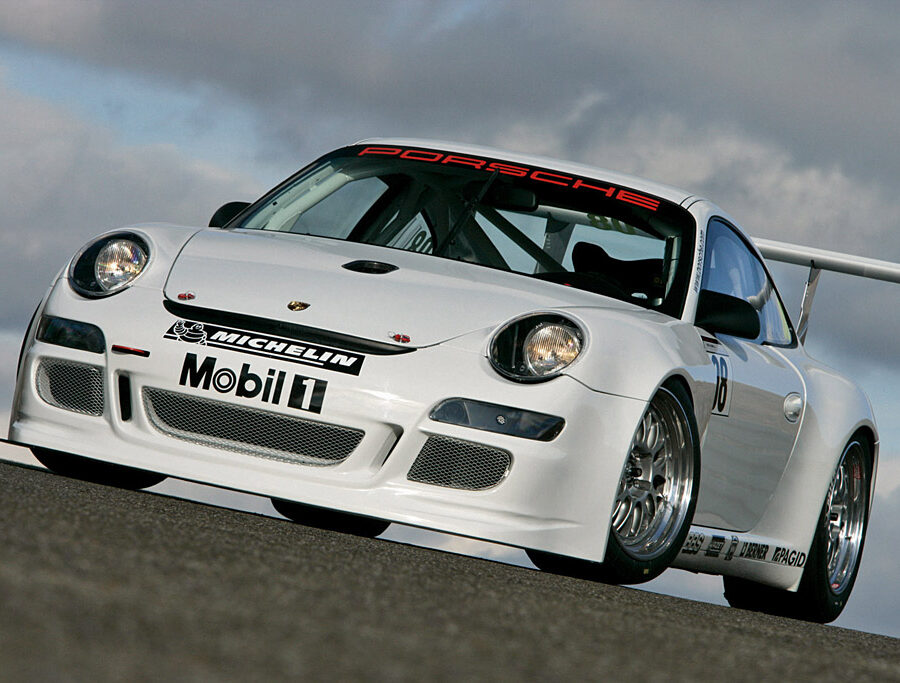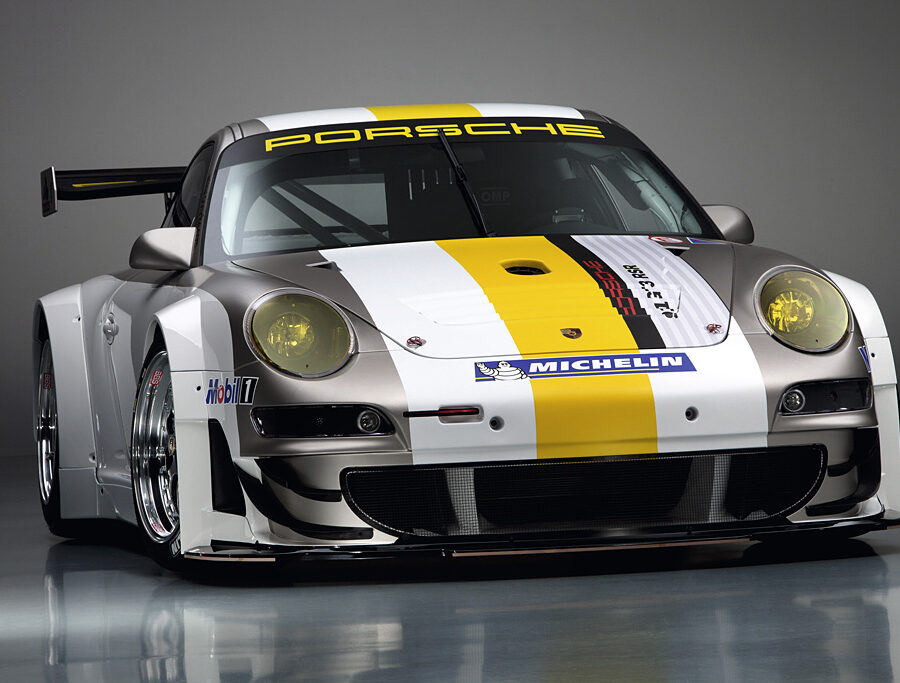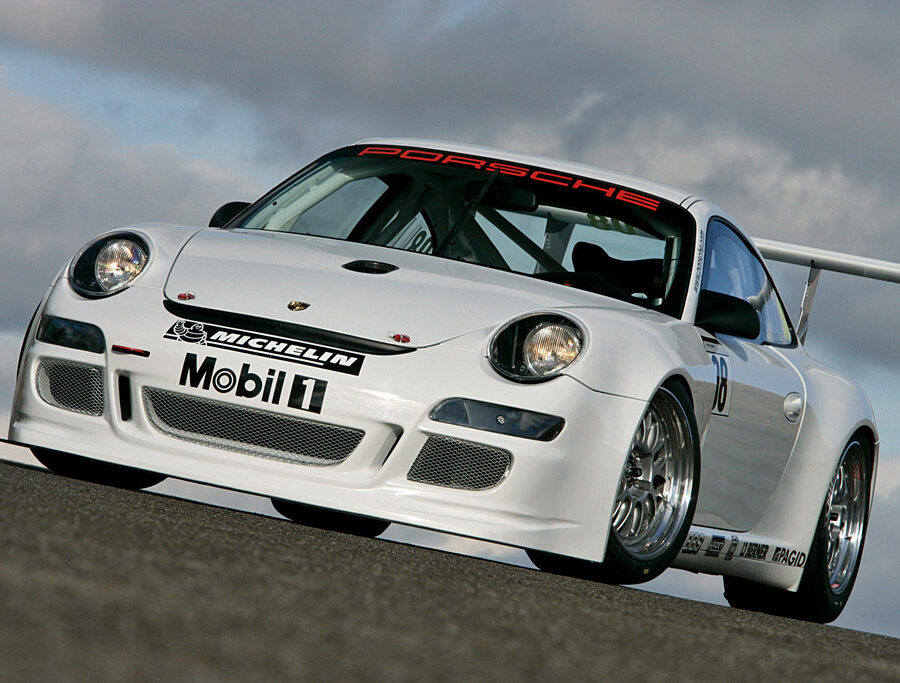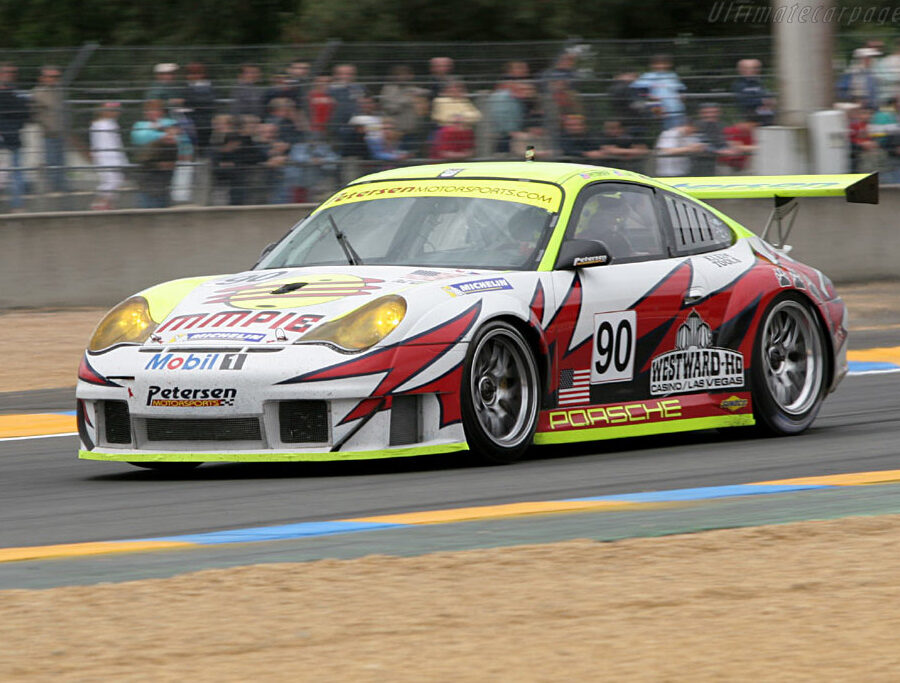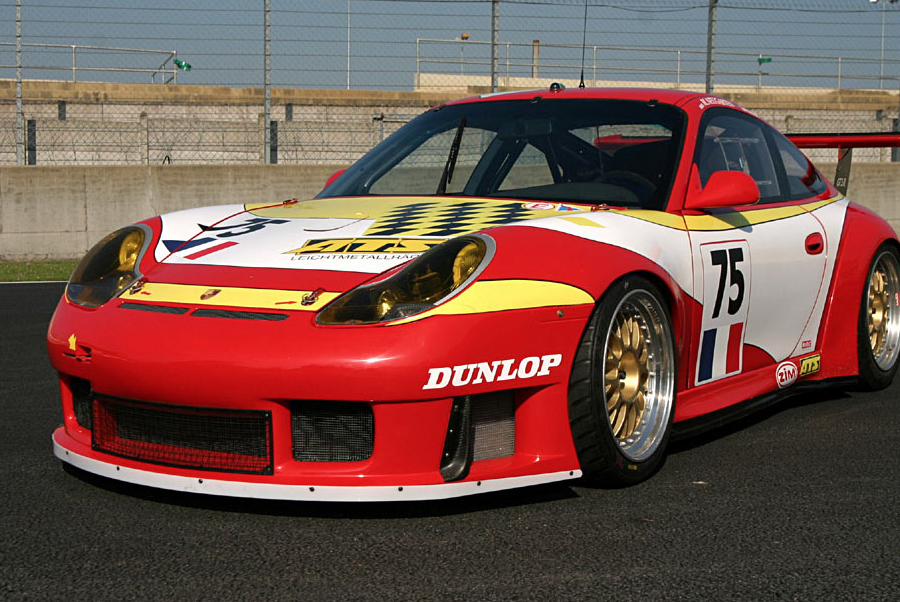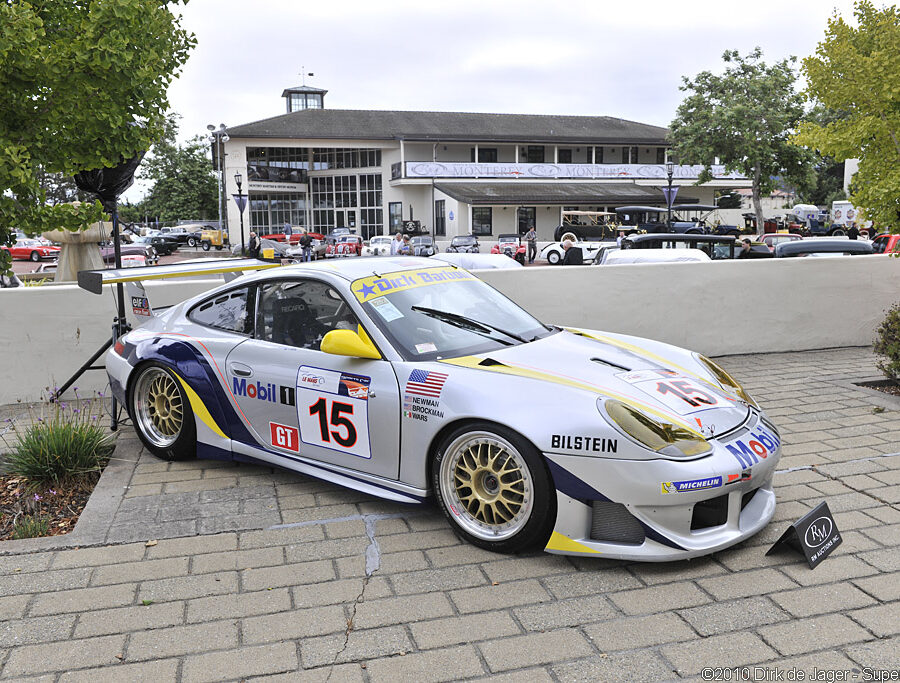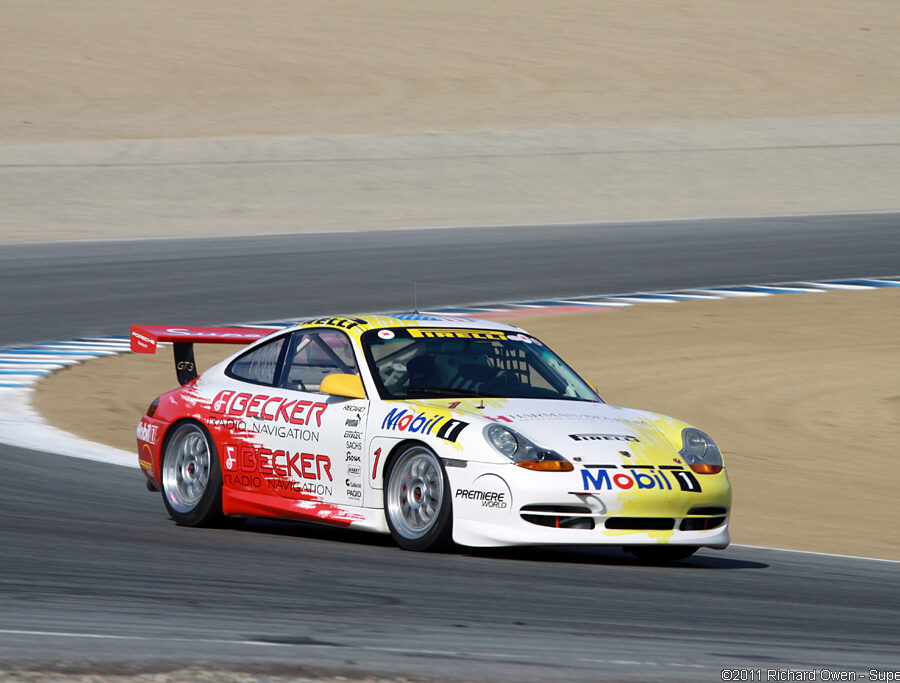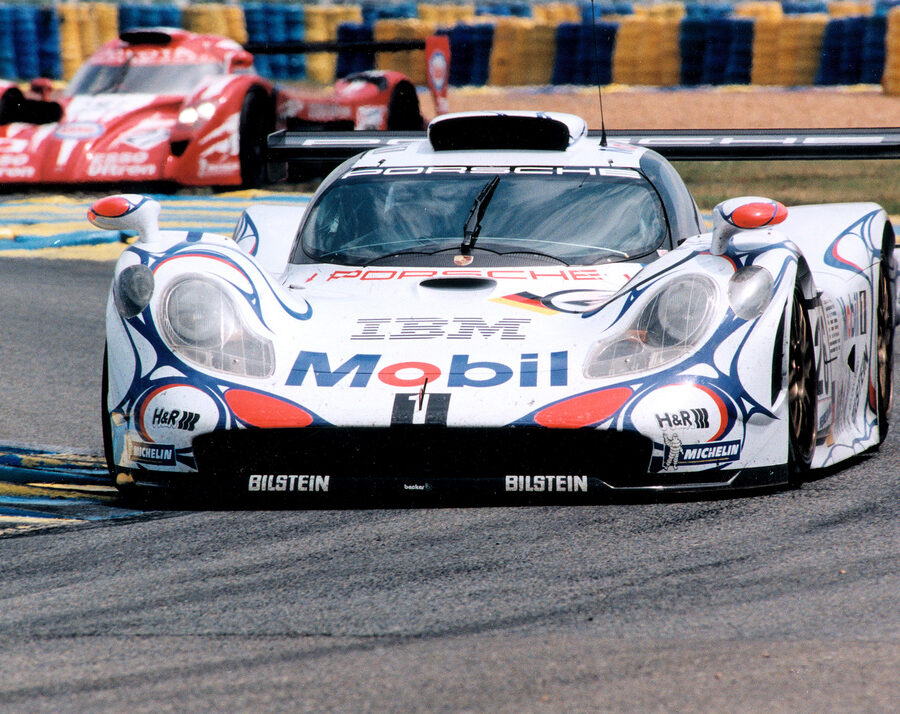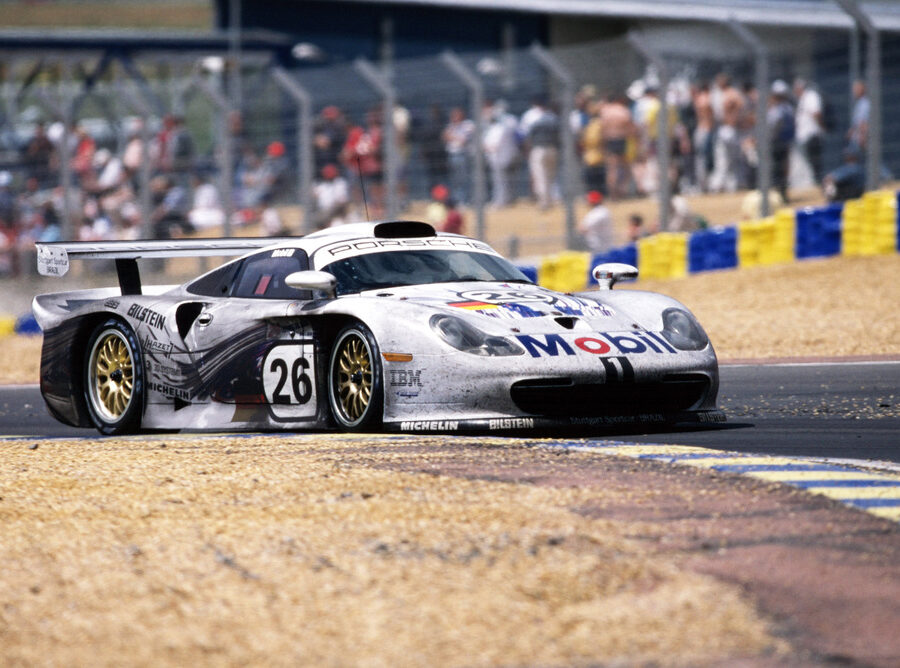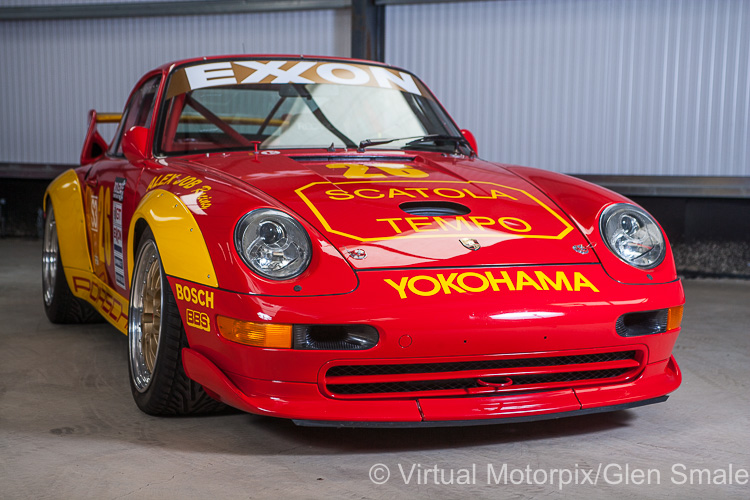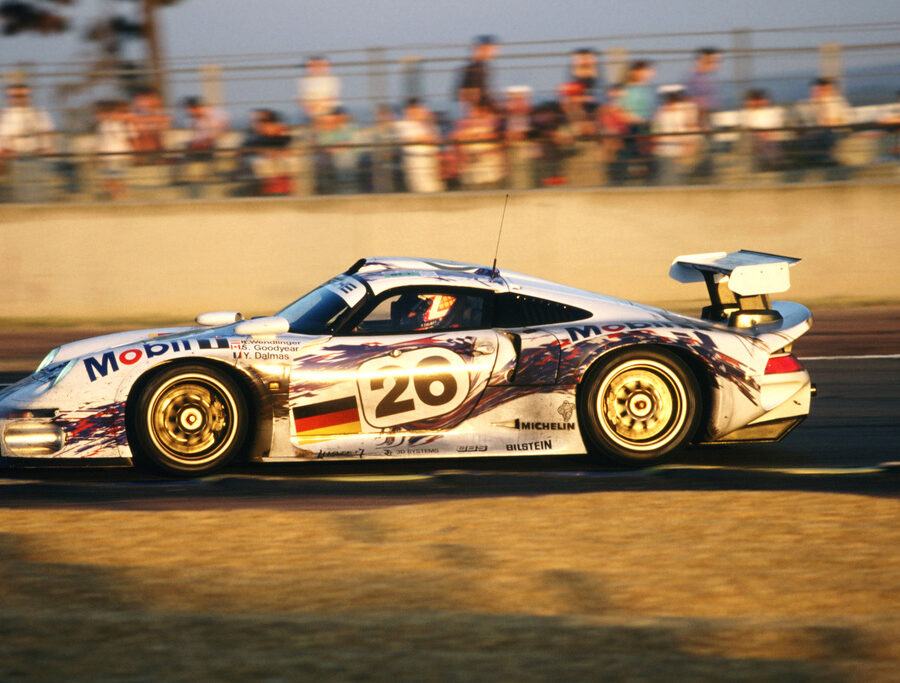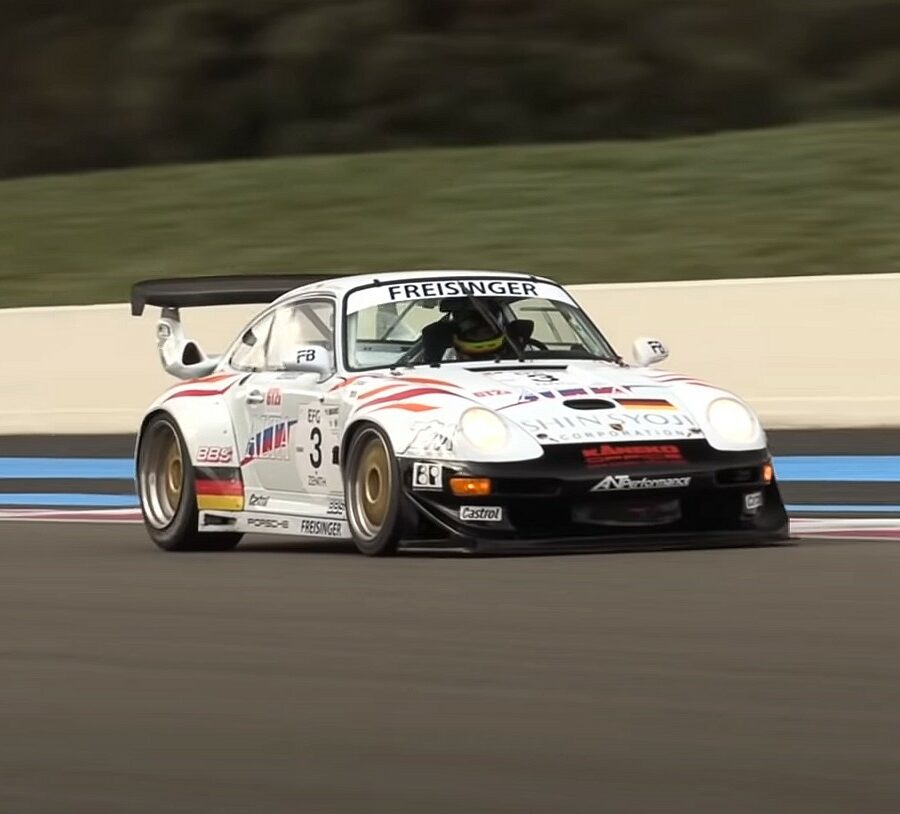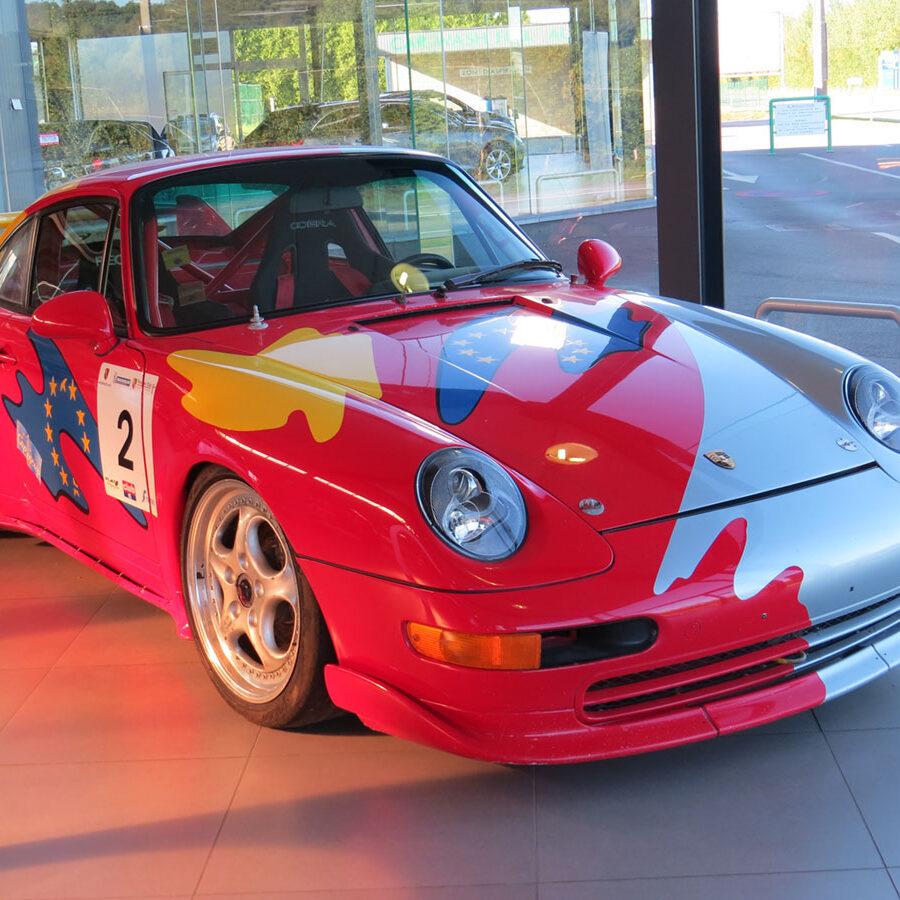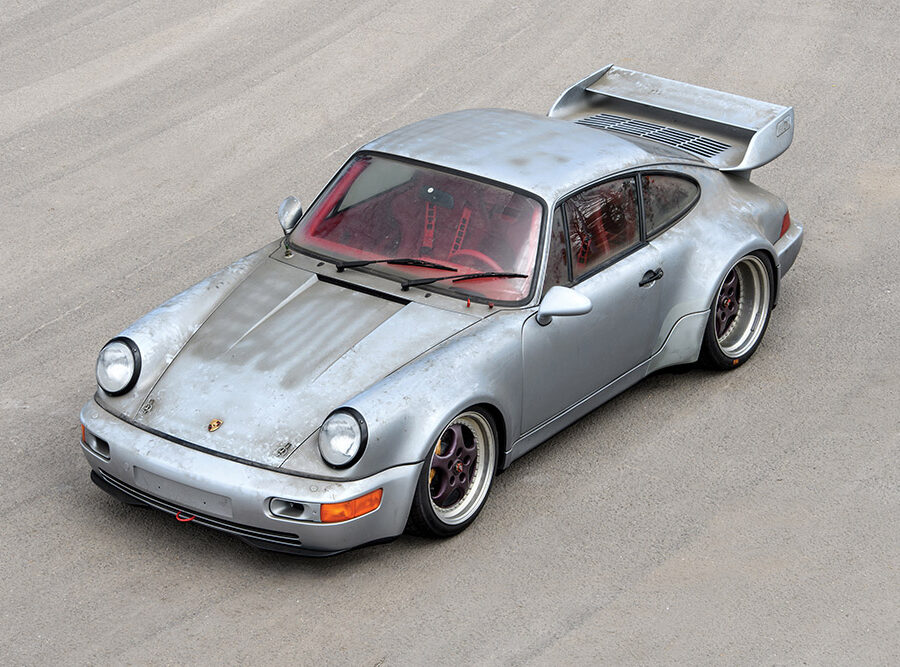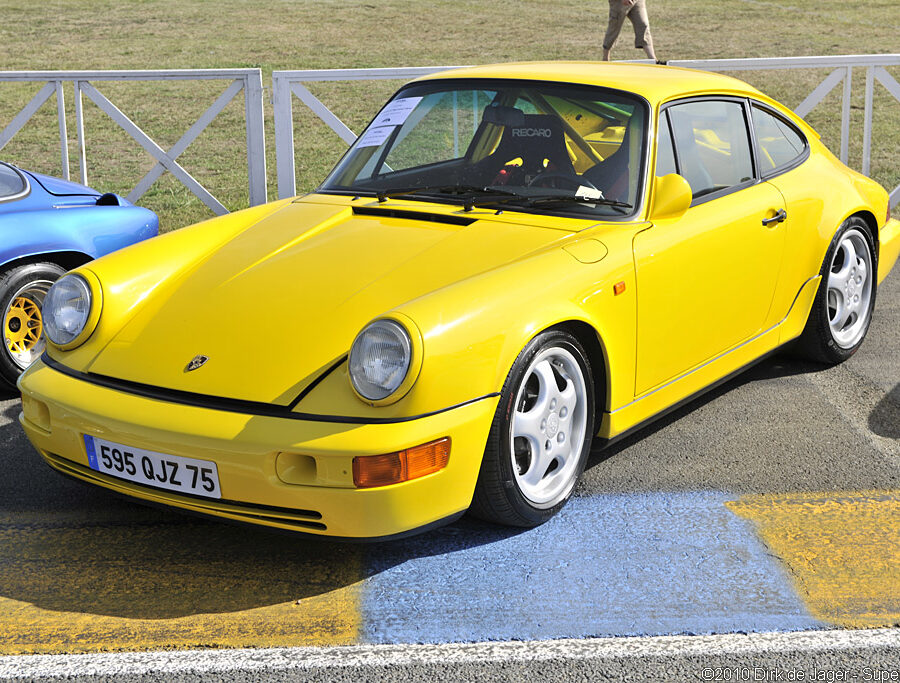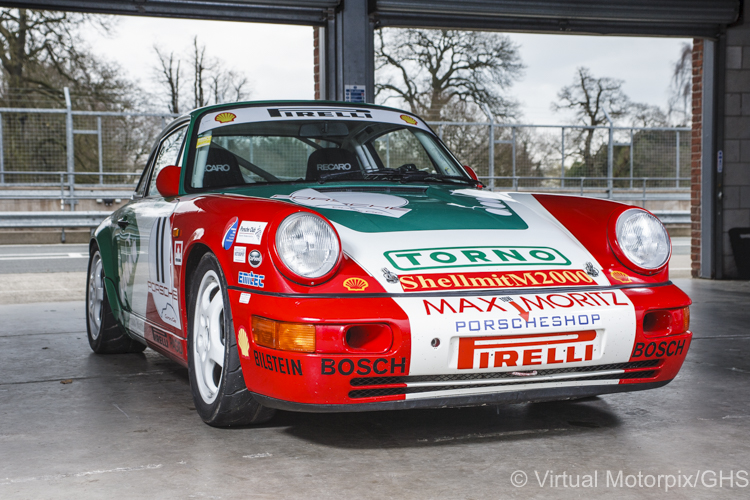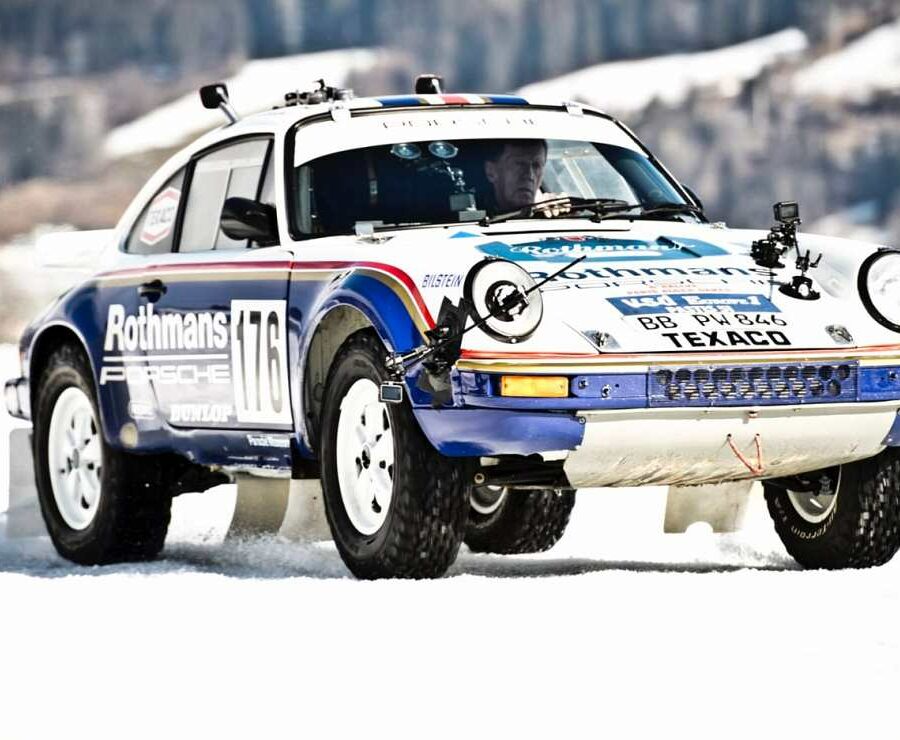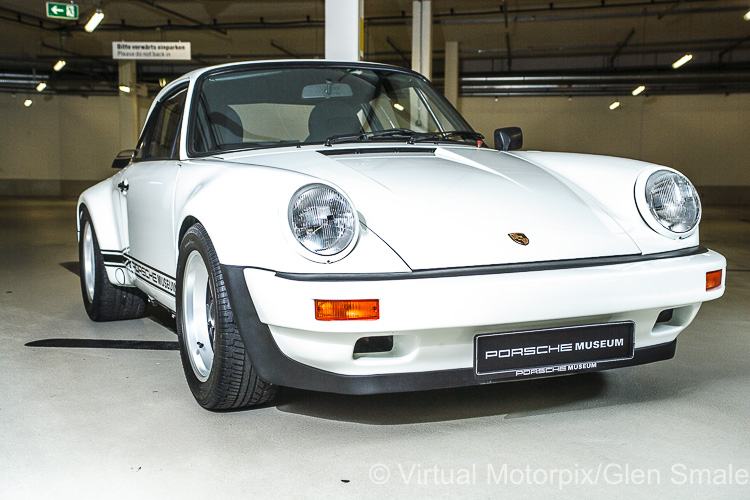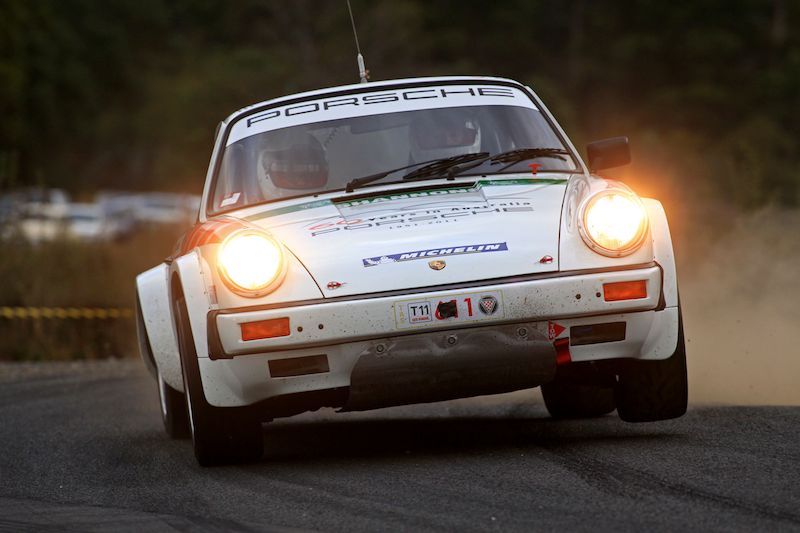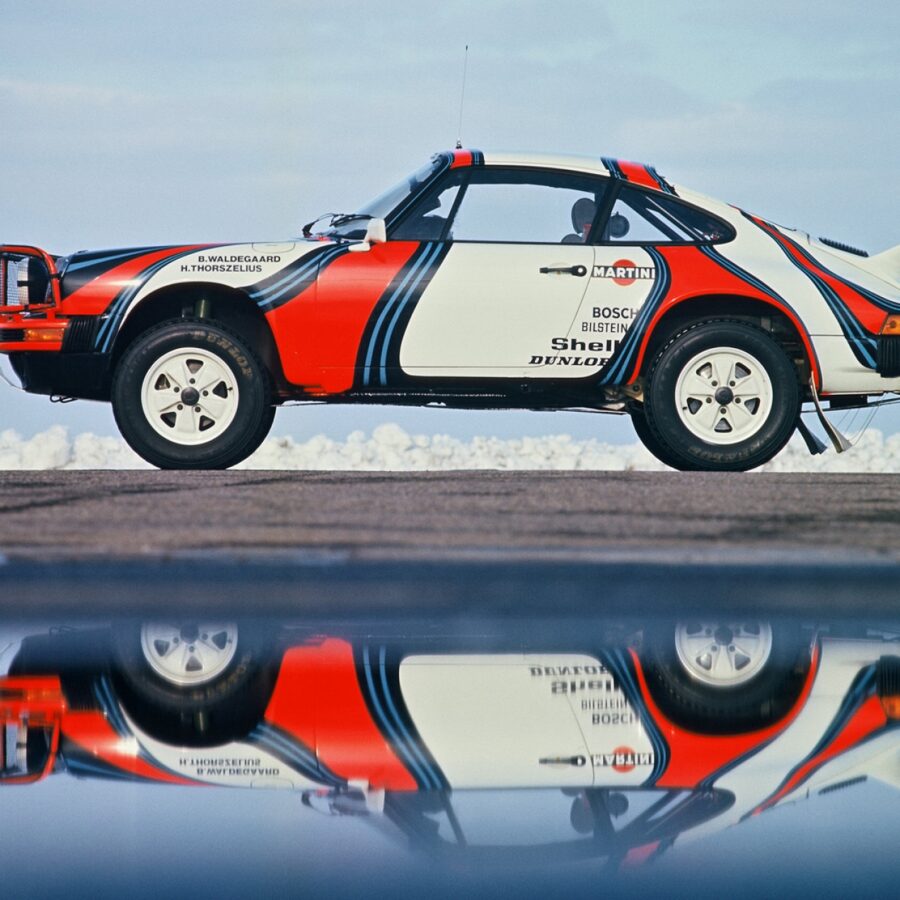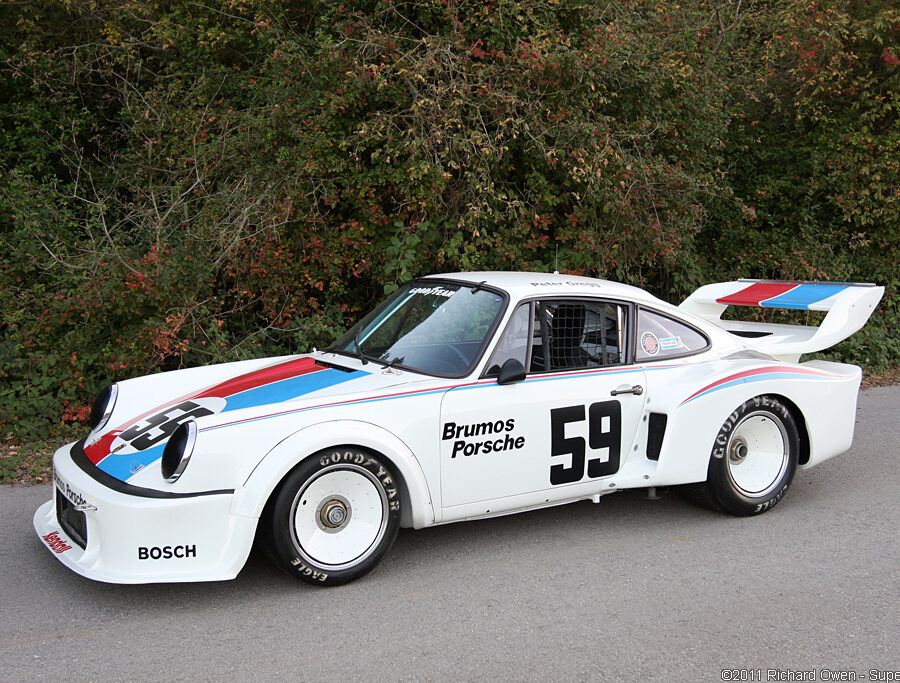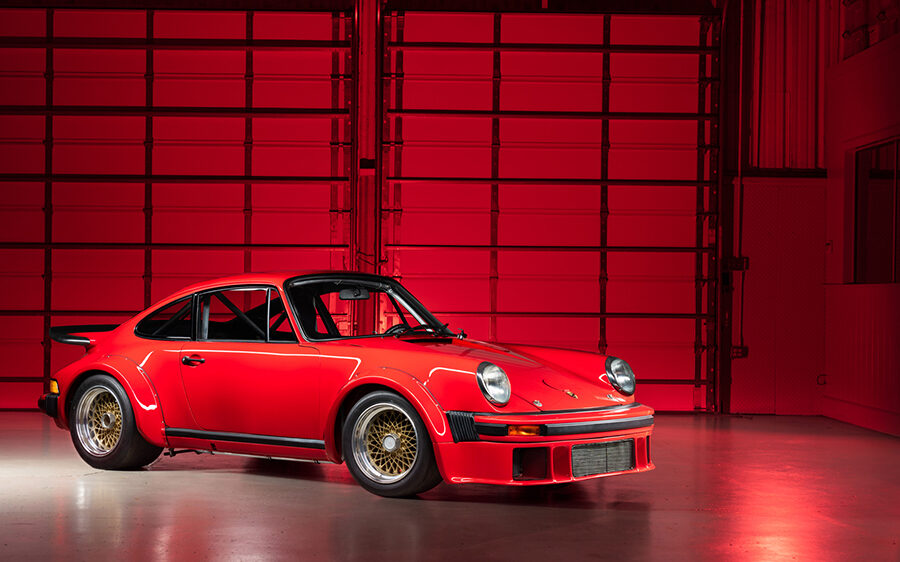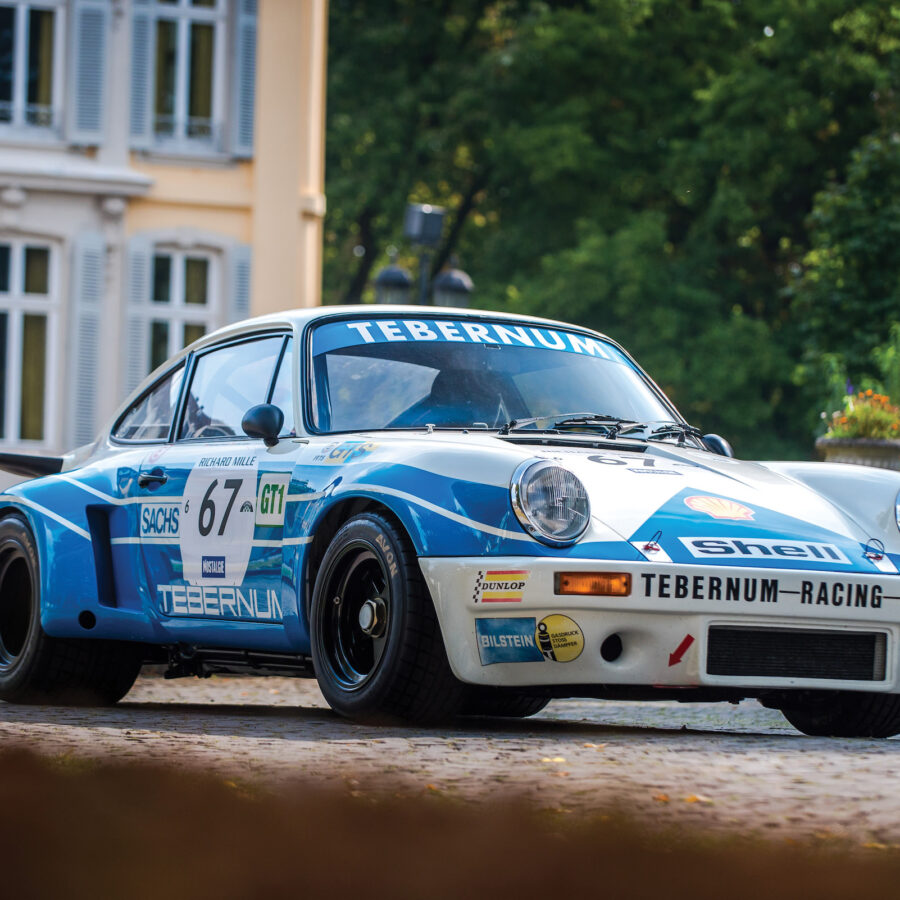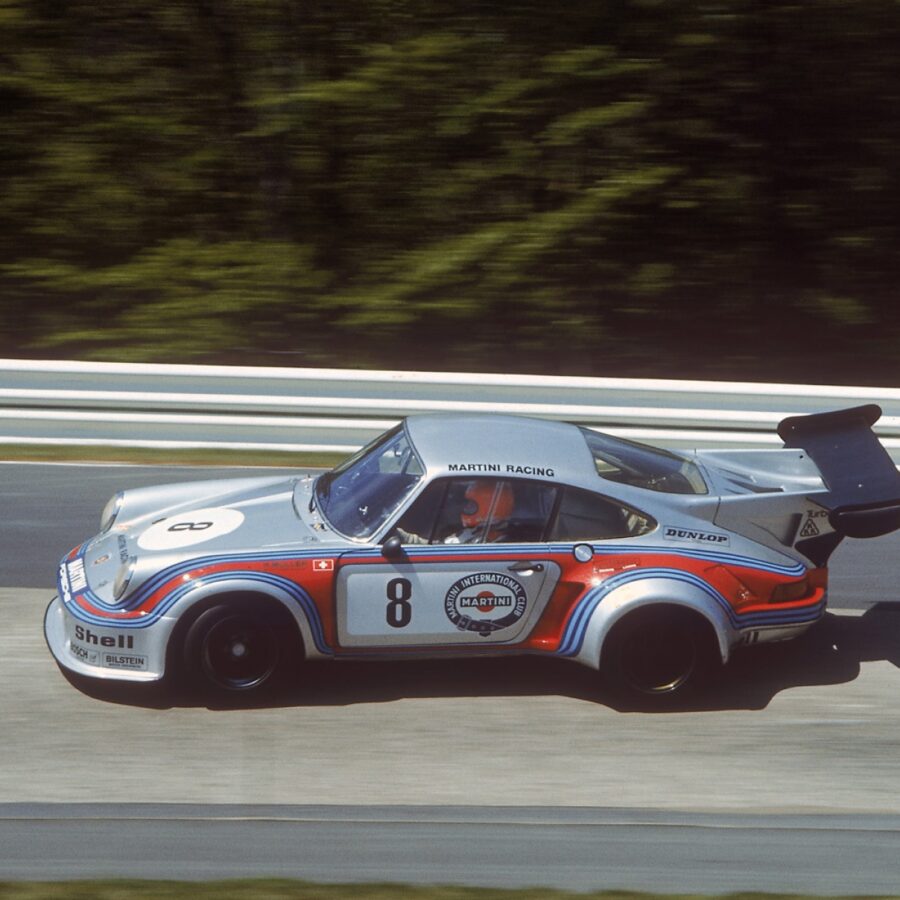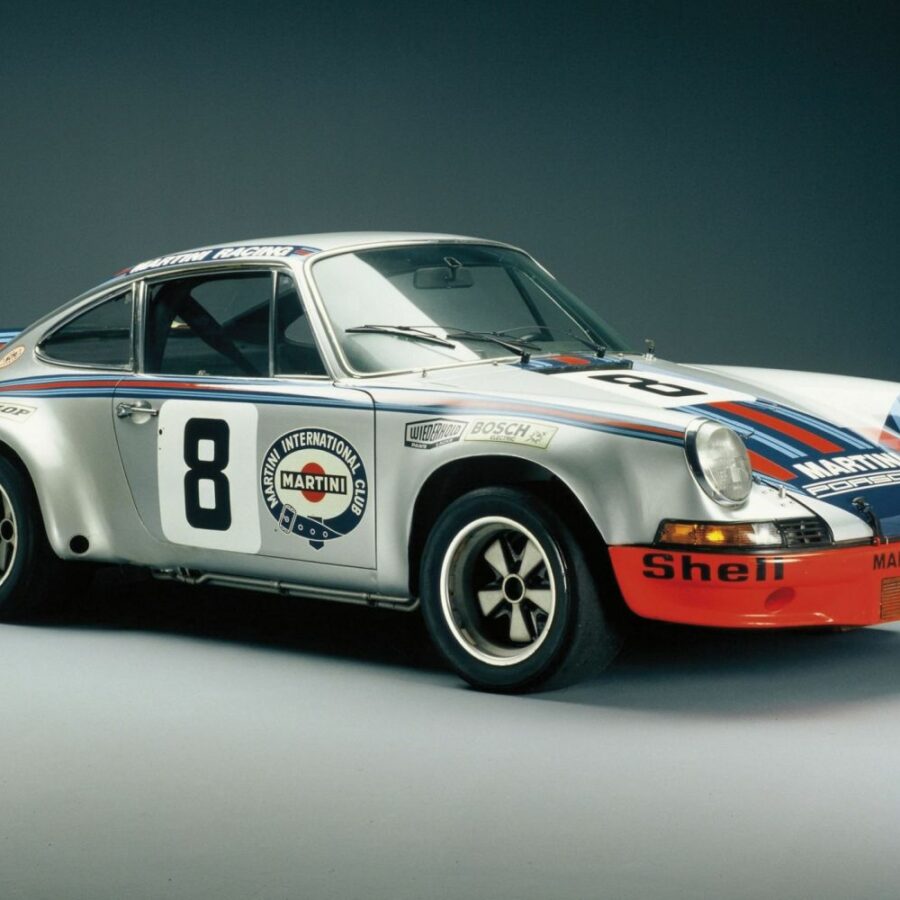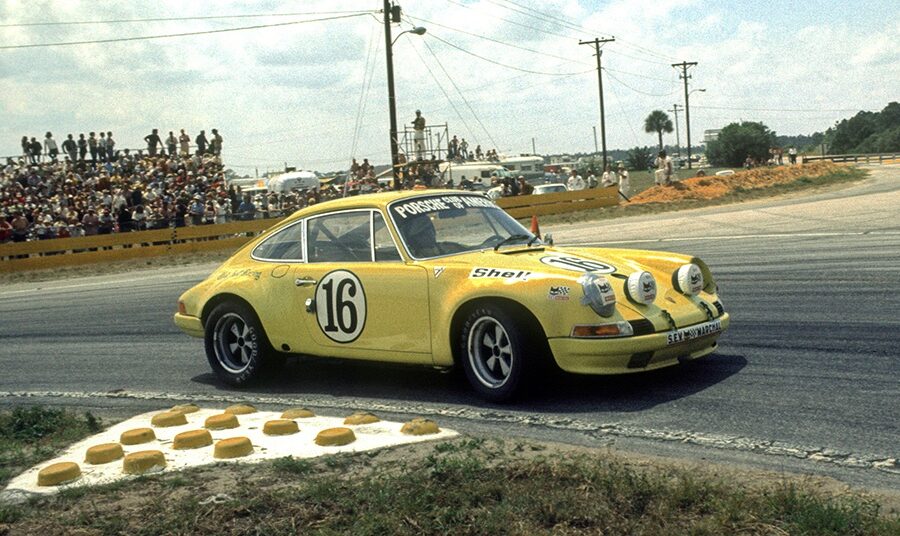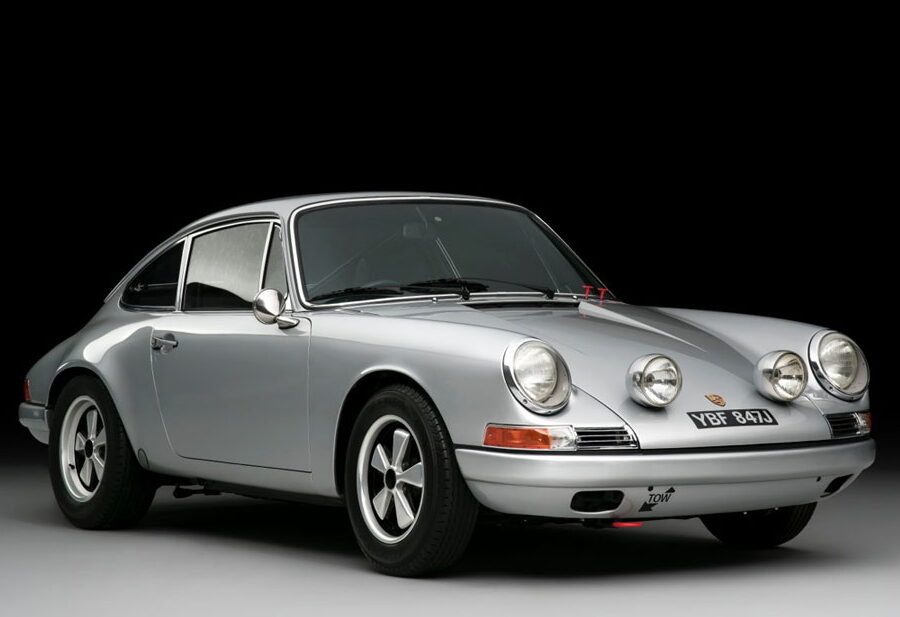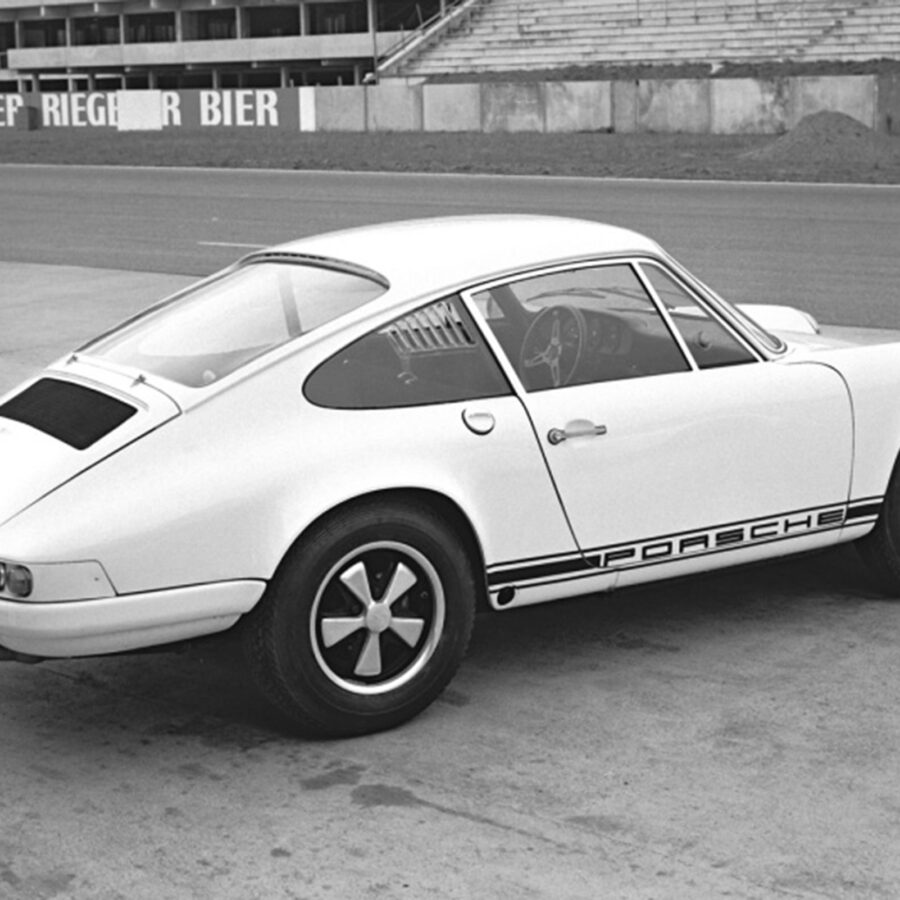Porsche 911 GT2 RS Clubsport 25 (2021)
A super rare track-only car built to celebrate the 25th anniversary of Manthey-Racing GmbH
Porsche 935 Tribute (2019)
Built from the 911 991.2 GT3 R racing car, the 935 tribute car is a non-street-legal collector's car limited to 77 cars
Porsche 911 GT3 R (991.2) (2019 – 2020)
Sits between the GT3 Cup and the RSR. Updated for 2019 season.
Porsche 911 RSR 4.2 (991.2) (2019 – 2021)
Brand-new 911 RSR built to defend the FIA World Endurance Championship (WEC) title.
Porsche 911 991 GT2 RS Clubsport Race (2018 – 2019)
Officially called as the 911 GT2 RS Clubsport, but the name is rather misleading.
Porsche 911 RSR 4.0 (991.2) (2017 – 2019)
The mid-engined version
Porsche 991 GT3 Cup 4.0 (991.2) (2016 – 2020)
The rear of the world’s most-produced GT racing car now houses a 4-litre, six-cylinder flat engine
Porsche 911 GT3 R (991.1) (2016 – 2018)
A customer sport race car for GT3 series around the world: The 911 GT3 R.
Porsche 911 GT America (991) (2014)
Built for the United Sports Car Racing (USRC) series and its GT Daytona class for 2014
Porsche 911 GT3 Cup (991) (2013 – 2016)
Continues to be the most successful race car in the world.
Porsche 911 RSR (991) (2013 – 2016)
2015 FIA World Endurance Cup for GT winner
Porsche 911 GT3 R Hybrid (2010)
This hybrid is unlike anything you've previously heard called a hybrid.
Porsche 911 GT3 RSR (996) (2004 – 2005)
For the 2004 and 2005 racing season, Porsche Motorsport used the 911 GT3 RSR. This near-standard racing sportscar aimed to keep private customer teams competitive.
Porsche 911 GT3 RS Race Car (996) (2001 – 2004)
Modeled on the 911 GT3 R, the GT3 RS race cars offered a number of technical improvements
Porsche 911 GT3 R (996) (2000)
In the 2000 FIA GT Championship, the 996 GT3 R was the dominant racer in the new N-GT class and won every run.
Porsche 911 GT3 Cup (996) (1998 – 2005)
Built for racing, the 996 GT3 Cup served as the basis for the 996 GT3 road car.
Porsche 911 GT1 ’98 (1998)
The Porsche 911 GT1/98 – Winning Le Mans in 1998
Porsche 911 GT1 Evolution (1997)
Towards the end of the 1996 season, Porsche made revisions to the 911 GT1 in preparation for the 1997 season.
Porsche 911 GT1 (1996)
Designed and developed to compete in the GT1 class of sportscar racing. Good for 205 mph...
Porsche 911 GT2 Race (993) (1995 – 1996)
Combined the RSR’s purity of purpose with a tuned version of the 993 Turbo’s twin-turbo engine
Porsche 911 Cup 3.8 (993) (1994 – 1998)
Developed at Porsche’s race department using the platform of their new 993 Carrera 2
Porsche 911 Carrera 3.8 RSR (1993 – 1994)
An all-out racing car. The RSR 3.8 could be delivered to the track in a race-ready, ‘just-add-driver’ form.
Porsche 911 Carrera RS Competition (1992)
For race teams and track day customers Porsche prepared a small number of the 964 Cup cars according to the FIA NG-T regulations.
Porsche 953 (1984)
The Porsche 953 ranks as one of the finest off-roaders Porsche has ever made.
Porsche 911 SC RS 3.0 (1984)
Built so that the factory Rothmans Porsche Rally Team could hit the international stage
Porsche 911 SC “San Reno” (1981)
Röhrl's one-off drive at the 1981 San Remo Rally is regarded as one of the greatest drives ever
Porsche 911 SC Safari (1978)
In 1978 a pair of 911s were entered into the East African Safari Rally.
Porsche 934/5 (1976 – 1977)
The Porsche 934/5 was effectively a hybrid of the Porsche 934 and 935 built to compete in Group 4 of the IMSA
Porsche 934 (1976 – 1977)
Using the 930 Turbo as a basis, Porsche built the 934 for Group 4 GT racing.
Porsche 911 Carrera RSR 3.0 (1974 – 1975)
The 3.0 RSR was one of the most successful Group 4 racing cars ever
Porsche 911 Carrera Turbo 2.1 (1974)
The first turbocharged Porsche 911, and the first turbo-powered Porsche race car at Le Mans.
Porsche 911 Carrera RSR 2.8 (1973)
The first 911 to ever wear the RSR badge and homologated for racing by the 1973 911 Carrera RS
Porsche 911 S/T (1970 – 1971)
Built to take full advantage of new FIA rules allowing a two-inch wider track.
Porsche 911 T/R (1968)
The 911T in 1968 was the lightest 911 making it ideal for racing where the SWB T was homologated for Group 3.
Porsche 911 R (1967 – 1968)
A lightweight racer designed to take the newly released 911 to its limit


